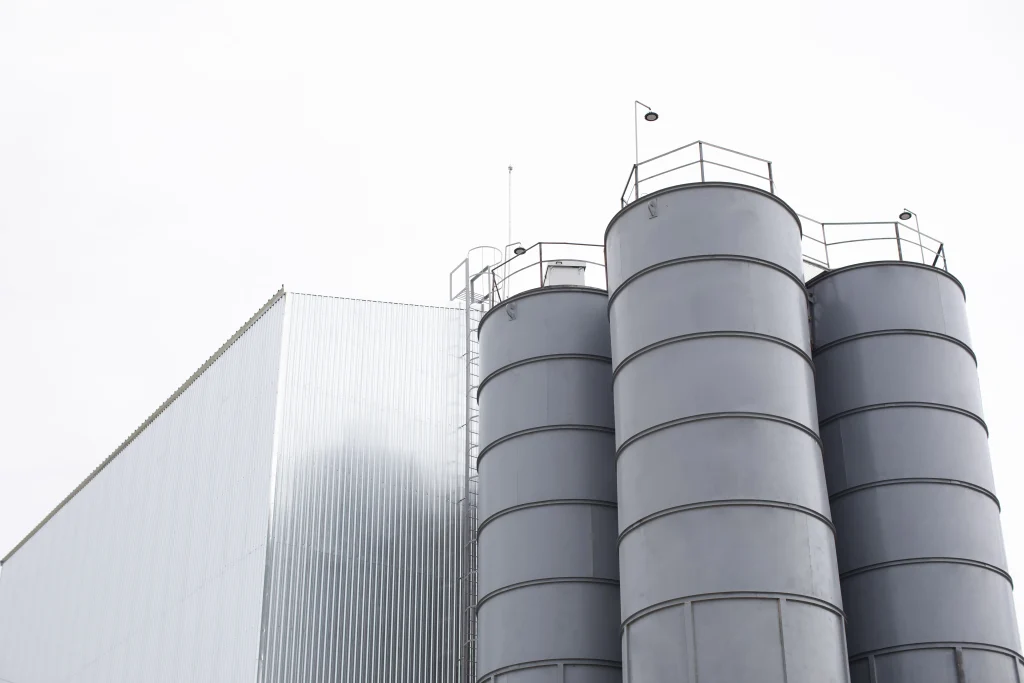Designing an efficient and reliable cement plant is a crucial task that demands a strategic approach, technical expertise, and a focus on sustainability. PowerRich, a leading name in the industry, is here to share valuable insights and tips on cement plant design. Whether you’re planning a new facility or looking to enhance the performance of an existing one, these tips encompass key aspects to consider for a successful cement plant design
Steps Involved in Cement Manufacturing Venture
1. Raw Material Blending in Cement Manufacturing
Effective raw material blending is fundamental for producing high-quality cement. Understanding the characteristics of raw materials, their proportions, and the impact on the final product is essential. Utilize advanced technologies to analyze and optimize the blending process, ensuring a consistent and homogenous mix that meets quality standards.
2. Cement Plant Equipment Reliability
Reliability is the cornerstone of a successful cement plant. Regular inspections, predictive maintenance, and the use of high-quality equipment contribute to operational excellence. PowerRich recommends implementing a proactive maintenance strategy to minimize downtime and extend the lifespan of critical machinery.
3. Electrical Automation System
Investing in a state-of-the-art electrical automation system enhances process control and efficiency. PowerRich suggests integrating intelligent automation technologies to optimize energy consumption, monitor production parameters, and facilitate real-time decision-making.
4. Waste Gas Generating System
Efficient waste gas management is vital for both environmental sustainability and energy conservation. PowerRich advocates for implementing waste heat recovery systems to harness and repurpose heat generated during the cement manufacturing process, reducing overall energy consumption.
5. Cement Grinding System
The cement grinding process significantly influences the final product’s quality. PowerRich emphasizes the importance of selecting the right grinding equipment, optimizing grinding parameters, and adopting innovative technologies to achieve the desired fineness and performance.
6. Emission Reduction Strategies in Cement Production
Cement production can have environmental implications, but PowerRich is committed to sustainability. Explore and implement emission reduction strategies, such as alternative fuel usage, carbon capture technologies, and eco-friendly raw materials, to minimize the environmental footprint.
7. Cement Plant Capacity Planning
Strategic capacity planning is crucial for adapting to market fluctuations and ensuring long-term competitiveness. PowerRich recommends a thorough analysis of market trends, demand forecasts, and the flexibility to scale production capacities as needed.
8. Dust Control in Cement Plants
Dust control is essential for maintaining a safe and healthy working environment. PowerRich advises implementing effective dust control measures, including proper ventilation systems, dust collectors, and employee training, to minimize the risk of respiratory issues and ensure compliance with safety standards.
In conclusion, PowerRich encourages cement plant designers and operators to embrace a holistic approach, integrating the latest technologies, sustainable practices, and a commitment to excellence. By focusing on raw material blending, equipment reliability, automation, waste management, and emission reduction, PowerRich believes that the future of cement plant design can be both efficient and environmentally responsible.

